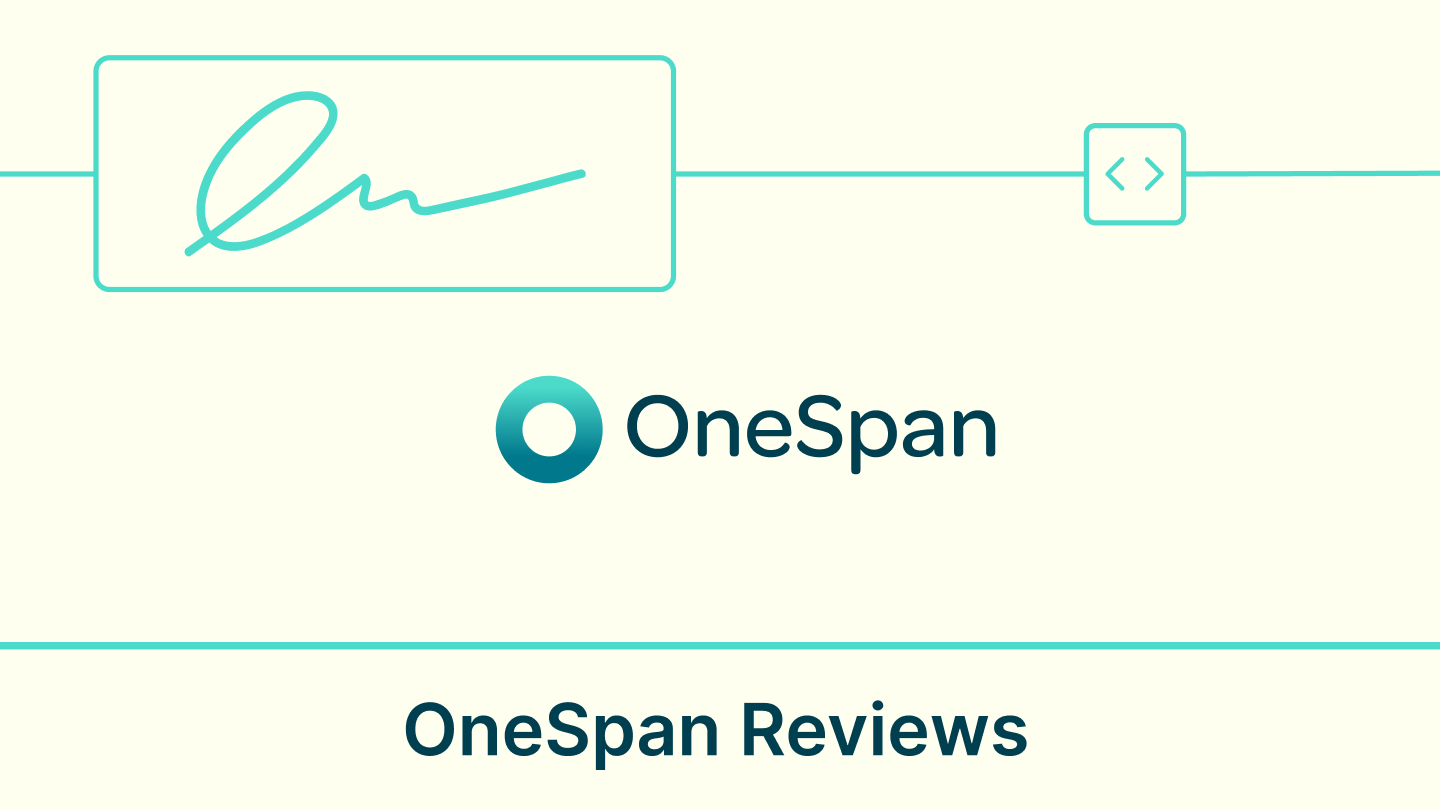Efficient management of resources is a topic that needs to be urgently addressed by the healthcare industry around the globe. In the US alone, hospitals and medical facilities generate 6600 tons of waste per day, the majority comprised of landfill waste such as paper and cardboard boxes. Luckily, technology can contribute to cut down on many of these costs, specially those related to paperwork.
Here are 3 eco-friendly ways for healthcare professionals to streamline work processes while significantly cutting down on paper related costs:
1) Online scheduling of appointments
Centres such as the Kings College Hospital have been implementing strict deadlines to bring about a paperless environment, using handheld computers to manage patient profiles and appointments. They even send reminders to patients via SMS, providing a telephone number in case the patient needs to cancel.
2) Electronic Medical Records
EMRs can have a massive impact on long term cost reduction; unfortunately only about 20-25% of hospitals in the USA have adopted this method. SAP Clinical Task Tracker is a widely used mobile app that allows patient tracking and maintaining EMRs.
3) Digital Signing
Physician patient records, hospital discharge papers and insurance billing releases are often printed out and signed on paper. Employing digital document signing methods such as Signeasy can reduce these unnecessary costs.
Until recently, many healthcare institutions were reluctant to make changes towards a paperless workplace due to the implications of the transition process. However they've started to realize that in the long run, this is a small price to pay for the benefits of an increasing paperless system.
BENEFITS FOR HEALTHCARE INSTITUTIONS GOING PAPERLESS
1) Cut in costs
A recent case study shows a hospital that went paperless – the South eastern Indiana Health Organization – and saw both a 57 percent user adoption rate increase and a 50 percent cut in costs in three months.
2) Increased efficiency of the medical staff
A paperless system will cut down on wasteful time as medical professionals are able to easily locate critical documents through a quick digital search. Apps such as SAP and Evernote allow physicians to store details digitally, making it much simpler to retrieve records about any patient in moments.
3) Simple maintenance
Paper storage involves filing cabinets, files and a number of other accessories all of which consume a lot of space making it difficult to manage. In addition, wear and tear over time takes its toll on files. Since digital files are stored in a virtual environment, none of these factors need to be considered.
Switching to a paperless setting also helps decrease the facility’s carbon footprint, which has become a serious problem that institutions can no longer ignore. The fact is, going paperless can make a huge impact on many fronts, give it a try!











